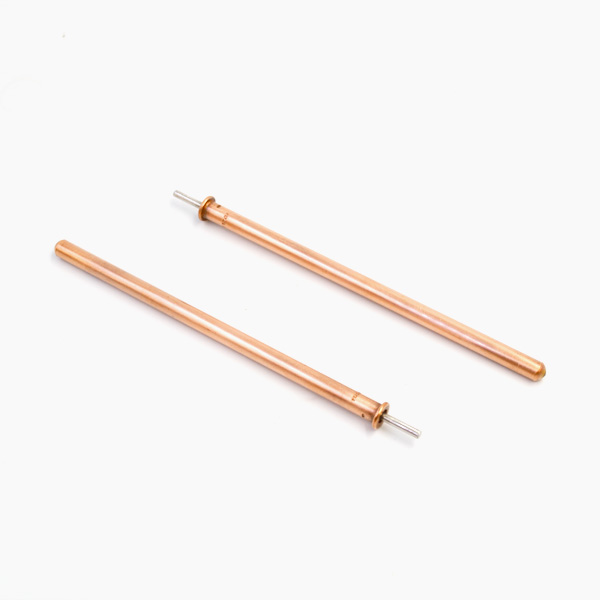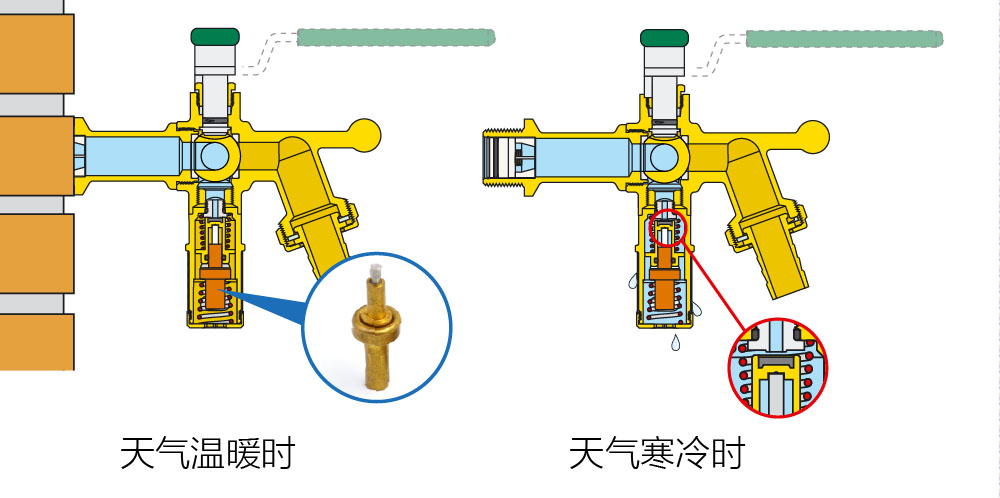Aiming at the shortcomings of the current ship navigation signal lamp controller, such as poor universality, low information level and inconvenient installation and use, a new type of general ship signal lamp controller is designed. This new type of controller has the secondary programming function similar to PLC, and can be applied to different requirements of different ships. The controller occupies a small area, wiring is simple, and maintenance is convenient in the later period.

The prototype test results show that: Voltage of 24V 3V can work normally, consumed current is not more than 1A, and the controller works reliably. At present, the technical means of signal lamp controller are uneven. The advanced ship equipment abroad mostly adopts electronic device controller, and a few of them use computer simulation drawing display and touch screen control technology. The products provided by domestic ship supporting enterprises mostly use traditional switch and relay circuit design controller. In recent years, with the rapid development of single-chip technology, some domestic enterprises have developed controllers using single-chip computer and other major electronic devices. With the continuous improvement of ship automation, the traditional controller of switch and relay circuit design has become more and more unsuitable for the requirements of safe navigation of ships. The traditional signal lamp controller is composed of switch, relay and indicator lamp. Because of its complex circuit structure, poor reliability and lack of versatility, it increases the difficulty and cost of design, installation, debugging and maintenance. Many shipbuilding enterprises and research institutes have begun to develop navigation lights and signal light controllers based on new electronic circuits and single chip technology. In accordance with the technical requirements of navigation lights in Articles 21, 23 and 34 (b) of the 1972 International Convention on Rules for the Prevention of Collisions at Sea (COLREG), the State Maritime Department adopted the newly revised performance standards for MSC253 (83) navigation lights, navigation light controllers and related equipment on 8 October 2007 and entered into force on 1 January 2009. The newly formulated performance standards are applicable to the installation of navigation lights, navigation lights control devices and related equipment on board ships on and after January 1, 2009.

The purpose of setting navigation lights and navigation lights controllers is to identify other ships in bad light, inform other parties of their intention to navigate at sea, and provide information on the status of navigation lights to the on-duty pilot (00W). In MSC 253 (83) MSC Resolution, Navigation Light (NL) and Navigation Light Controller (NLC) are the main descriptions. Light Source: This standard has a new scope, that is, incandescent light source, light emitting diode (LED) and other non-incandescent light sources; light source also includes lamp, base, installation position and device to reduce the lighting angle, which leads to the concept of light diode (LED). Applicability of double sets of lamps: The masts, side lights and taillights installed on ships with a captain of not less than 50m shall be double sets or two lamps shall be installed. Matching of lamps and lanterns: For each matching lamp, only the lamps specified by the manufacturer should be used to avoid reducing the performance of navigation lamps due to unsuitable lamps.
Consideration should also be given to the provision of two sets of navigation lights, which should have a sufficient number of spare lights. The most important thing here is to prevent the lack of backup lights, which lead to the failure of navigation lights. Fig. 1, the signal lamp control system is composed of one main controller, four input and output modules (IO modules) and several fast fuses. The main controller uses direct current 24V to supply power with current < 1A. The power supply socket is on the back. There are four D-sockets on the back of the main controller. Four IO modules can be connected by special data lines. The main controller has RS485 communication interface for programming download and alarm remote transmission. The controller has 160 programmable and adjustable brightness LED outputs, numbered L0-L159; 36 programmable switch inputs, numbered S0-S35; and one buzzer output. The universal IO module has eight independent input and output circuits for each module. The output is relay output, which provides passive contacts to the outside.
It can withstand switching voltage less than 220V and current less than 3A. The input is current input type. When one output relay is closed, the module immediately detects the current passing through the relay contacts. If the current is more than 20 mA, the input of the module is 1; if the current is less than 10 mA, the input of the module is 0. The main controller has 160 programmable, adjustable brightness LED output, number L0-L159; 36 programmable switch input, number S0-S35; a buzzer output. The universal IO module has 8 independent input and output circuits for each module. The output is relay output, which provides passive contacts to the outside. It can withstand switching voltage less than 220V and current less than 3A. The input is current input type. When one output relay is closed, the module immediately detects the current passing through the relay contacts.
If the current is more than 20 mA, the input of the module is 1; if the current is less than 10 mA, the input of the module is 0. Graphical programming software is mainly divided into three parts: interface part, graphic instruction conversion part and download connection part. The interface part mainly provides the interface programmed by the designer, using graphical elements and dialog box prompts for easy use. The graphics conversion part analyses the graphics program which has been written and translates it into binary instructions for the controller to execute. The download connection can connect the computer and the controller through the serial port, and download the program instructions to the controller. The signal lamp controller is powered by 24V DC power supply. The actual test results show that 24V 3V can work normally and the consumption current is not more than 1A. A total of 32 I/O ports, thermostatic element distributed in four I/O boards. The following experiments are carried out on the prototype: each I/O port is a passive contact, the actual test breakdown voltage can withstand more than 220V, the allowable current of I/O port is not less than 3A, and the maximum instantaneous current is 5A. Each I/O port has a built-in current detection circuit, which can detect whether the current (at least 20 mA) passes through the I/O port. I/O port can be used for direct control of 220 VAC, incandescent lamp with power less than 100W or 24VDC and power less than 60W. Designed working environment is temperature – 20 – 50 C, relative humidity is less than 60%.
In high-temperature test, the temperature is 70 2 C and the duration is 2 hours. The system can still work normally. Fig. 5 is a high temperature test method diagram. Aiming at the shortcomings of the current ship signal lamp controller, such as poor universality, low information level and inconvenient installation and use, a new type of general ship navigation signal lamp controller is designed.
This new type of controller has the function of secondary programming similar to PLC, and can be applied to different requirements of different ships. The controller occupies a small area and is simple in wiring and convenient in later maintenance. The test results of the prototype show that: Voltage of 24V 3V can work normally, consumed current is not more than 1A, and the controller works reliably.
